
What is Helium Mining and How Helium Miner Works?

In the world of cryptocurrencies and blockchain technology, helium mining has emerged as a captivating and innovative concept. With the rise of the Internet of Things (IoT), the need for a decentralized network has paved the way for helium mining to become a lucrative venture.
But what exactly is helium mining, and how does a helium miner work? In this comprehensive guide, we will explore the ins and outs of helium mining, shedding light on its process, benefits, risks and much more.
What is Helium Mining?
Helium mining involves the process of validating and securing wireless IoT networks by deploying specialized hardware called helium miners.
Unlike traditional cryptocurrencies that rely on proof-of-work or proof-of-stake algorithms, helium mining employs a unique consensus algorithm known as proof-of-coverage (PoC).
This algorithm ensures the reliable and efficient operation of IoT devices while creating a decentralized network infrastructure.
How does Helium Miner Work?
A helium miner acts as a hotspot for IoT devices and facilitates the transmission of data over the helium network. The miner utilizes a low-power, long-range wireless communication protocol called LoRaWAN to connect with IoT devices within its range.
The data transmitted by these devices is encapsulated within packets and sent to nearby miners. Helium miners then validate and relay the packets to the helium blockchain, ensuring the integrity and security of the network.
Components of a Helium Miner
A typical helium miner consists of the following components:
Antenna: The antenna enables the helium miner to send and receive data packets from IoT devices.
LoRaWAN Transceiver: This transceiver module facilitates long-range communication with IoT devices using the LoRaWAN protocol.
Processor: The processor acts as the brain of the helium miner, handling data validation, encryption, and communication tasks.
Storage: Helium miners are equipped with built-in storage to store data temporarily before relaying it to the blockchain.
Internet Connectivity: To connect with the helium blockchain, miners require an internet connection, usually through Ethernet or Wi-Fi.
Power Supply: Miners need a reliable power supply to operate continuously and ensure the smooth functioning of the helium network.
How to set up a Helium miner?(Process)
Setting up a helium miner is a straightforward process. Follow these steps to get started:
1. Choose the Right Helium Miner: Research and select a helium miner that aligns with your budget and mining goals.
2. Connect the Antenna: Attach the antenna to your helium miner securely for optimal signal transmission.
3. Establish Internet Connectivity: Connect your miner to the internet using an Ethernet cable or Wi-Fi.
4. Configure the Miner: Access the miner's interface through a web browser and configure the necessary settings.
5. Activate the Miner: Activate your helium miner by following the provided instructions, usually through a mobile app.
6. Join a Helium Network: Join a helium network by selecting an appropriate network server and inputting the required information.
7. Start Mining: Once your helium miner is activated and mining on the network, you can sit back and watch as your miner begins to contribute to the helium ecosystem.
Best Helium Miners to Earn HNT
These are few widely used Helium miners.
Helium Hotspot Miner: The official Helium Hotspot Miner is a reliable option, designed specifically for mining on the Helium network. It offers good performance and stability, making it a popular choice among miners.
Bobcat Miner 300: The Bobcat Miner 300 is another well-regarded option for Helium mining. It provides robust coverage and is known for its easy setup and user-friendly interface.
SenseCAP Miner: The SenseCAP Miner combines LoRaWAN and blockchain tech for efficient Helium mining with reliable coverage and user-friendly setup.
Milesight LoRaWAN: Milesight LoRaWAN is a rugged Helium miner using Long Range (LoRa) tech, providing reliable network coverage and efficient mining in various environments.
Nebra Rock Pi: The Nebra Rock Pi is a powerful and compact Helium miner with a Rockchip processor, Long Range (LoRa) connectivity, excellent network coverage, and energy efficiency.
Please note that the list provided is based on general knowledge, and it's always recommended to refer to the official documentation and user reviews for detailed specifications and features of each specific miner.
Benefits of Helium Mining
Helium mining offers a range of enticing benefits for individuals looking to delve into the world of decentralized networks. Let's explore some of the key advantages:
Passive Income: Helium mining provides an opportunity to earn passive income by simply setting up and running a helium miner. As your miner validates and relays data, you are rewarded with helium tokens, known as HNT, which can be converted into other cryptocurrencies or fiat currencies.
Decentralization and Security: Helium mining embraces the principles of decentralization, ensuring that no single entity has control over the network. This decentralized approach enhances network security and resilience, making it less susceptible to cyber attacks.
Community Engagement: Helium mining provides an opportunity to join a vibrant and passionate community of miners and IoT enthusiasts. Engage with like-minded individuals, share experiences, and stay up to date with the latest developments in the helium ecosystem.
Environmental Friendliness: Unlike traditional mining processes that consume significant amounts of energy, helium mining is relatively energy-efficient. The low-power requirements of helium miners make them an environmentally friendly option for cryptocurrency enthusiasts.
Risks associated with Helium mining
Helium mining, while offering potential rewards, is not without its risks. Here are significant risks and challenges -
Investment in mining hardware: Purchasing and setting up specialized equipment (Hotspots) can be costly.
Technological advancements: There is a risk of new technologies making current mining equipment obsolete or less profitable.
Network competition: As the number of Hotspots increases, mining rewards may decrease due to increased competition for block rewards.
Return on investment: It is important to consider the potential return on investment and the saturation level of the network before investing in mining equipment.
Regulatory risks: Governments may introduce regulations that could impact directly or indirectly the operation or profitability of Helium mining.
Cryptocurrency market volatility: The value of the native Helium cryptocurrency (HNT) can fluctuate, affecting the profitability of mining operations.
Ways to Earn HNT Tokens
There are several ways to earn HNT tokens, the native cryptocurrency of the Helium network.
Firstly, one can participate in Helium mining by setting up and maintaining Hotspots, which serve as network gateways. Miners are rewarded with HNT tokens for providing network coverage and validating transactions.
Secondly, individuals can engage in Proof-of-Coverage (PoC) challenges, which involve periodically proving their Hotspots' coverage and connectivity to earn additional HNT rewards.
Additionally, users can contribute to the network by running Helium Validators, which secure the blockchain and receive HNT rewards.

Another way to earn HNT is by running applications on the Helium network and receiving micropayments in HNT tokens for providing services or data.
Lastly, users can participate in community-driven initiatives, such as challenges, contests, or partnerships, which may offer opportunities to earn HNT tokens.
It's important to note that the specific reward rates and mechanisms may vary over time, and it's important to stay updated with the latest information and guidelines from the Helium network.
Helium Mining Profitability in 2023
The profitability of mining Helium depends on various factors and individual circumstances. While mining Helium can be profitable, it's important to consider certain aspects.
These include the initial investment in mining hardware, ongoing operational costs, network saturation, and the fluctuating value of the native HNT cryptocurrency. Additionally, factors such as location, network coverage, and competition from other miners can impact profitability.
Conducting thorough research, assessing the current market conditions, and understanding the potential risks are crucial in determining whether mining Helium is worth it for an individual.
Frequently Asked Questions
Q1. How much can I earn from helium mining?
Earnings from helium mining can vary based on factors such as miner location, network coverage, and the number of devices connected. However, successful miners have reported earning a substantial passive income.
Q2. What is the lifespan of a helium miner?
The lifespan of a helium miner can vary depending on factors such as usage, maintenance, and technological advancements. On average, miners can expect their devices to operate efficiently for several years.
Q3. Is helium mining profitable?
Helium mining has the potential to be profitable, especially when considering the rise in the value of HNT tokens. However, it's essential to research and understand the costs involved, including initial investment, electricity, and internet expenses.
Q4. Can I mine helium with regular consumer-grade hardware?
Helium mining requires specialized hardware known as helium miners. Regular consumer-grade hardware is not suitable for mining helium due to the specific requirements of the network.
Q5. Can I mine helium in any location?
Helium mining is location-dependent. To maximize mining potential, it is crucial to set up miners in areas with a high demand for IoT coverage and limited network saturation.
Q6. How can I optimize my helium mining earnings?
To optimize your helium mining earnings, consider factors such as miner placement, network coverage, and participating in strategic partnerships with IoT device owners.
Final thoughts
Helium mining presents an exciting opportunity to participate in the growth of the Internet of Things while earning passive income. By understanding the process and benefits of helium mining, you can embark on a rewarding journey in the world of decentralized networks.
Although earnings depend on many factors like choice of antenna, budget and geographical location, mining Helium is a good source for people looking to make some passive income.
Remember to conduct thorough research, choose the right equipment, and stay connected with the helium mining community for valuable insights and support.
Disclaimer
The information provided on this website does not constitute investment advice, financial advice, trading advice, or any other sort of advice and you should not treat any of the website's content as such.
Token Metrics does not recommend that any cryptocurrency should be bought, sold, or held by you. Do conduct your own due diligence and consult your financial advisor before making any investment decisions.

.svg)

Create Your Free Token Metrics Account

.png)




%201.svg)
%201.svg)


%201.svg)



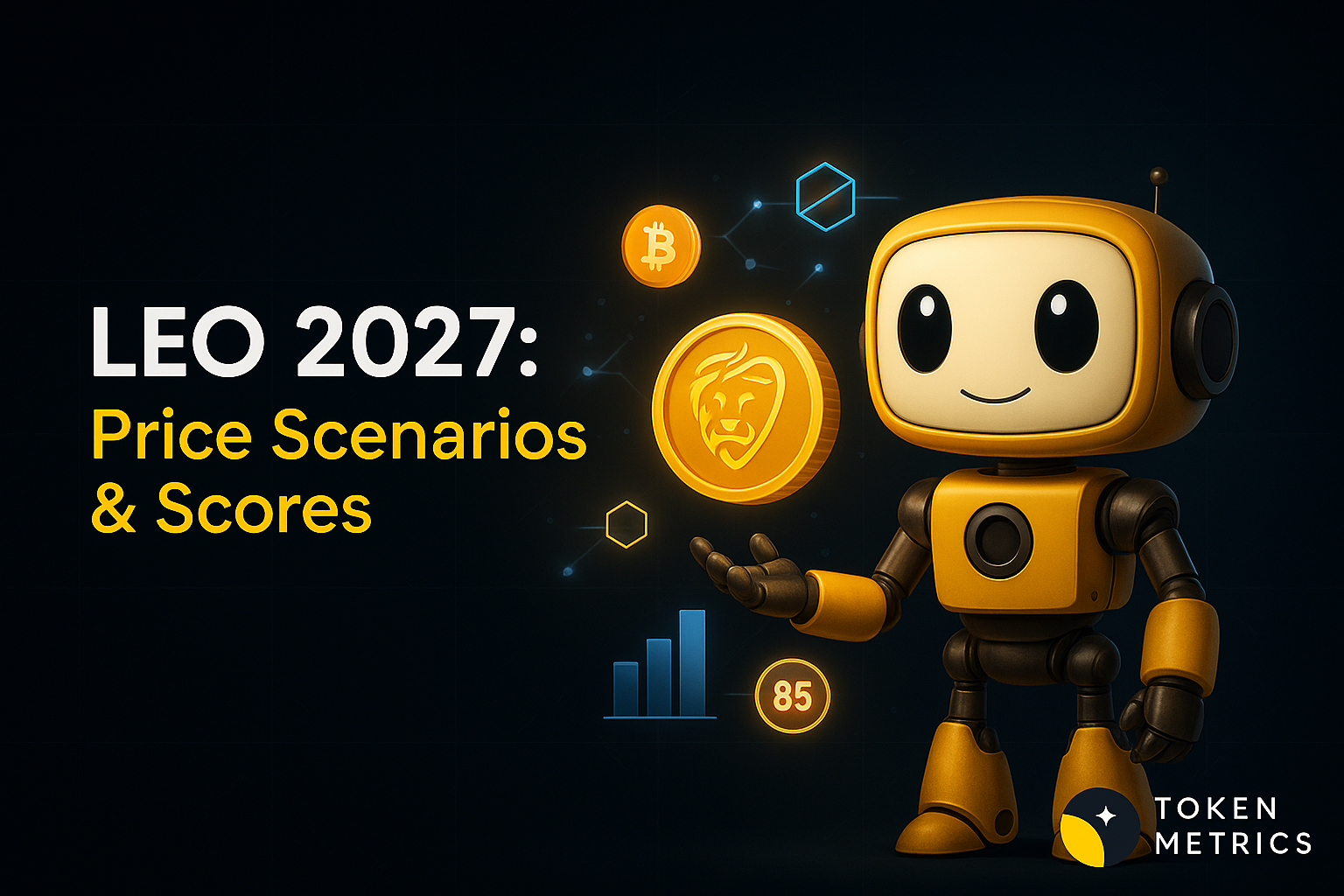
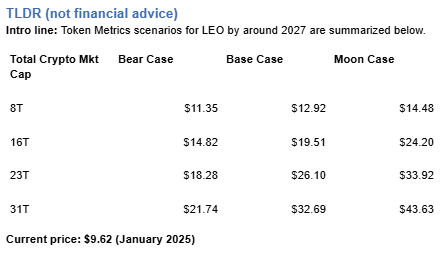
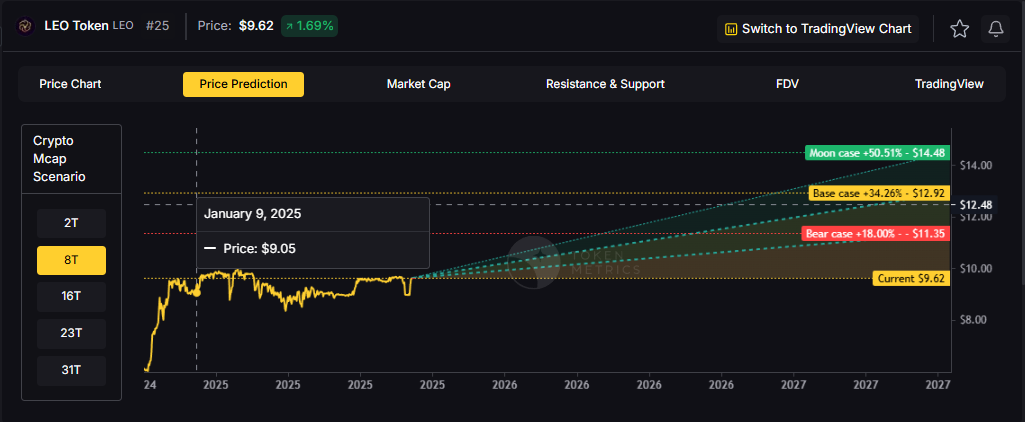
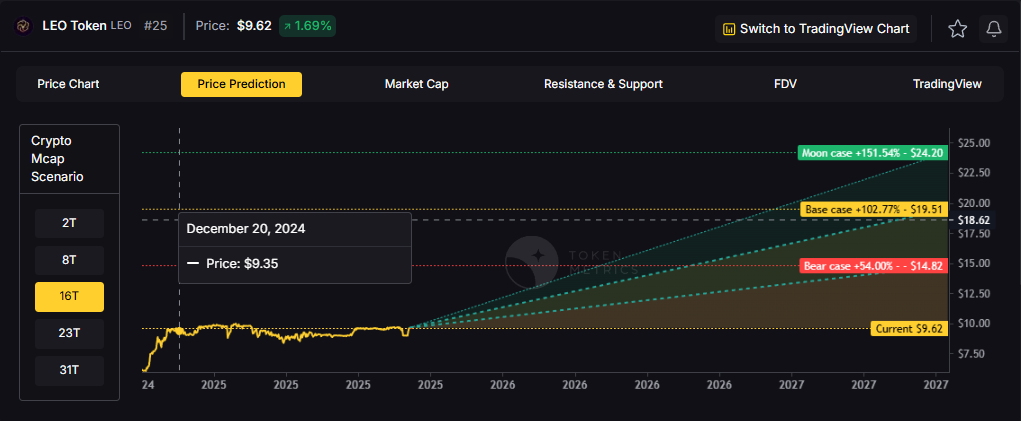

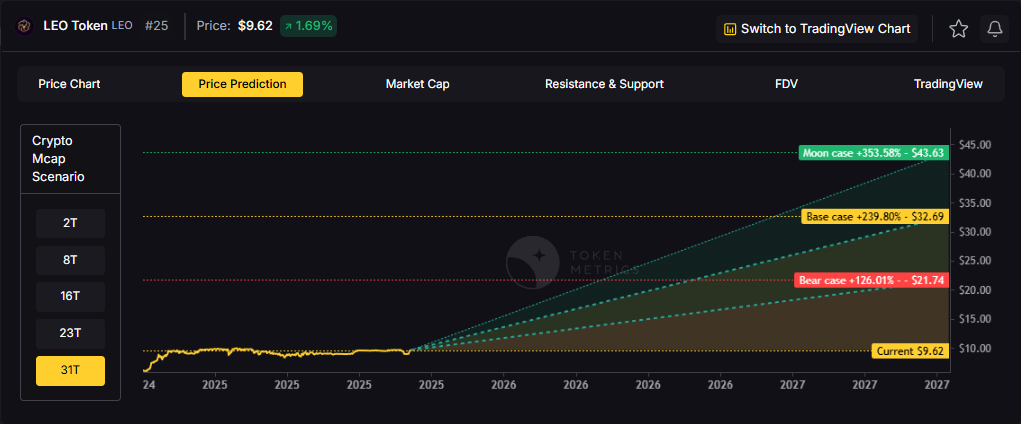
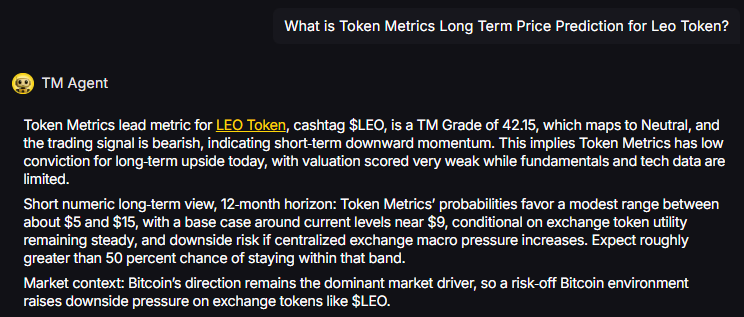
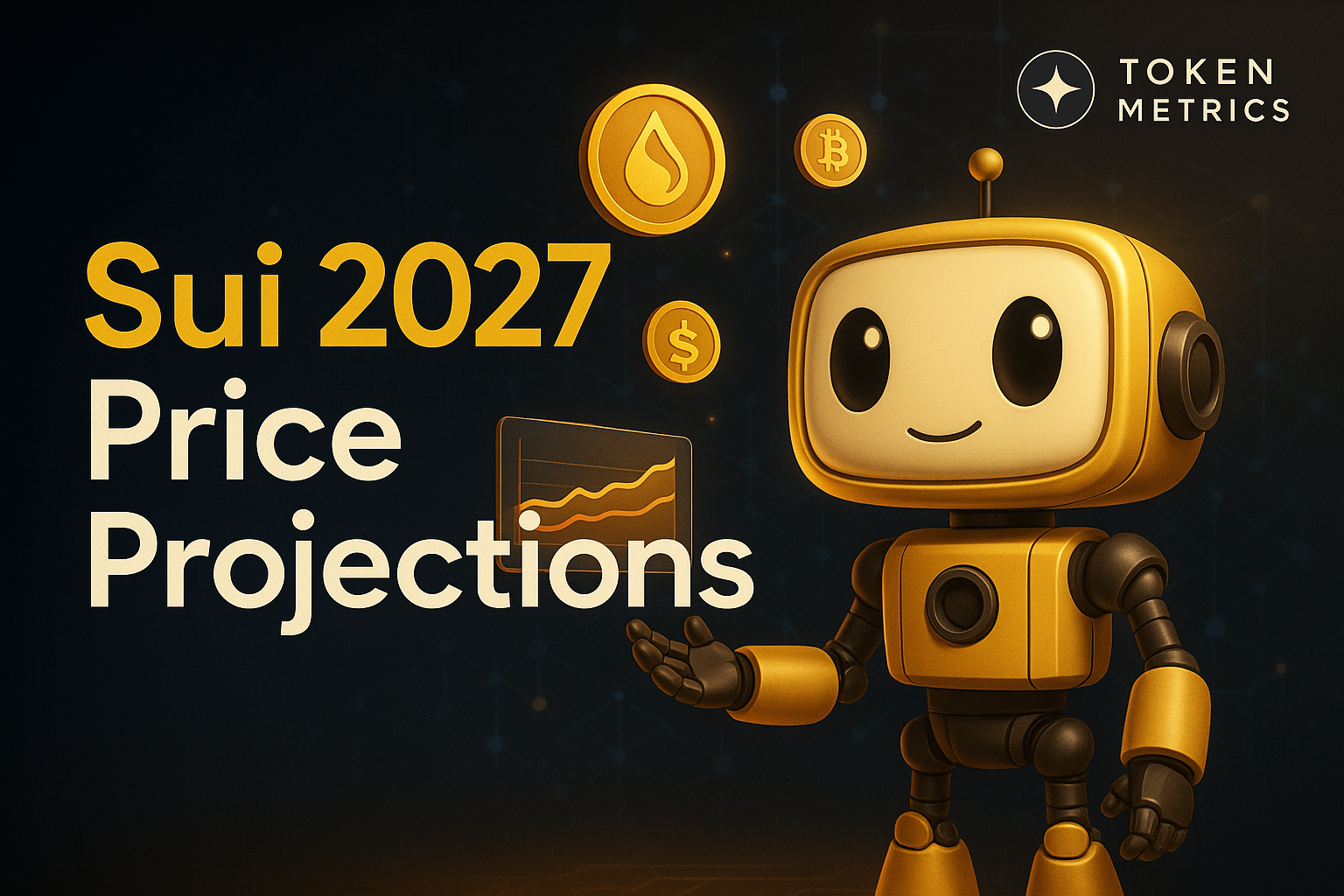
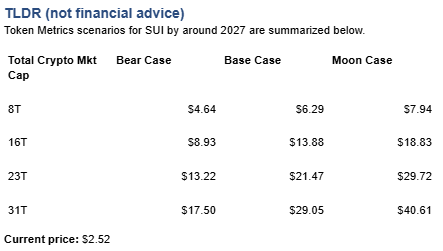



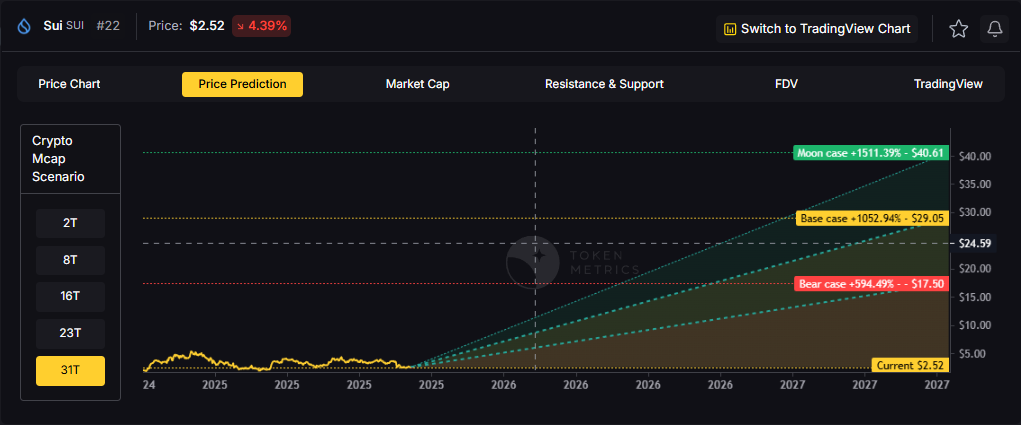
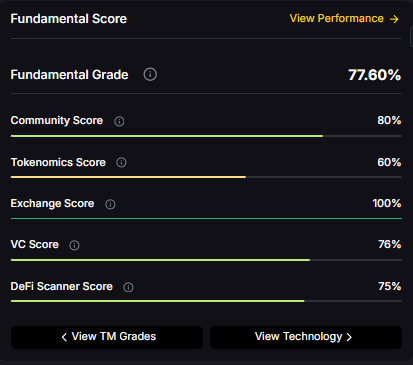


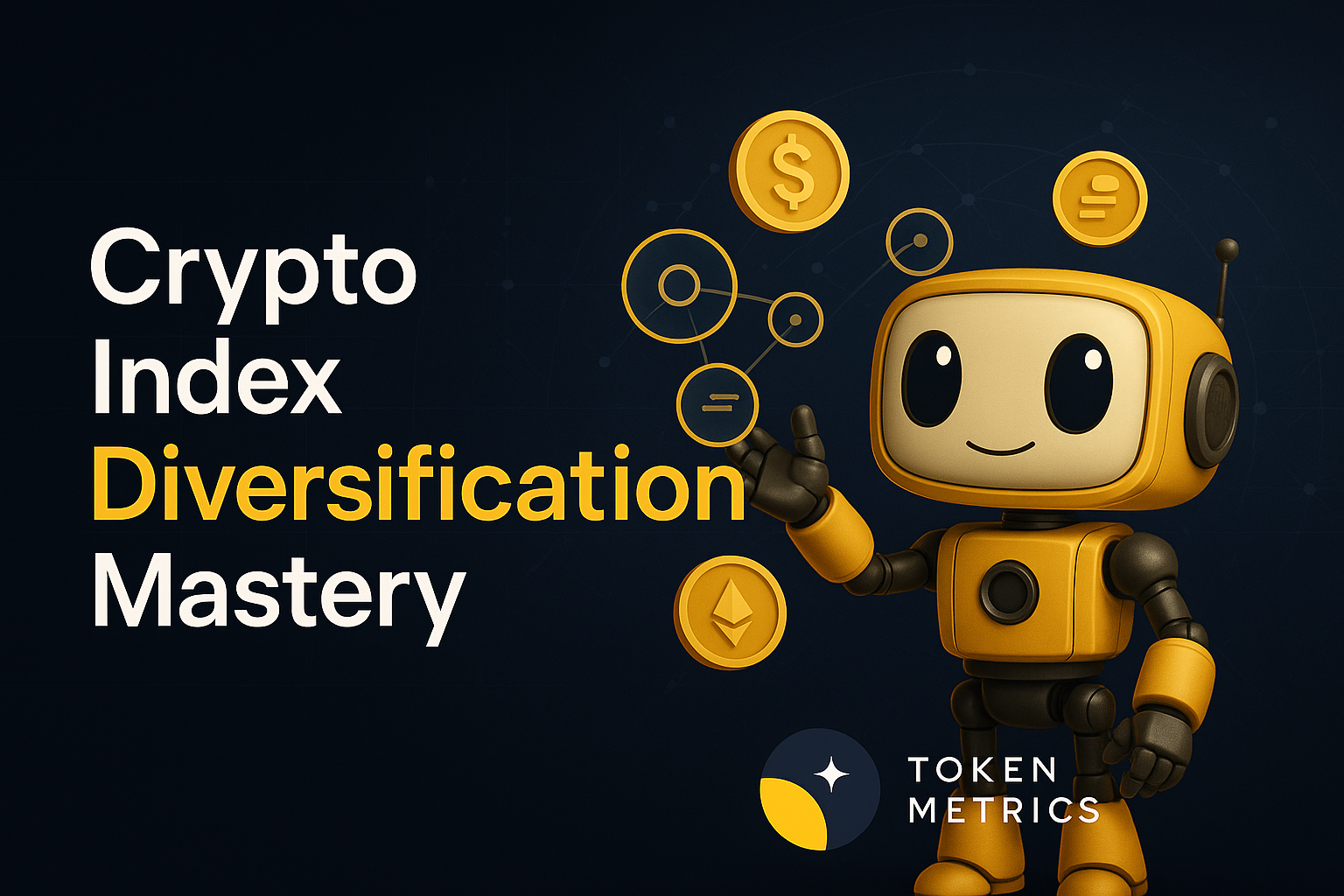



.svg)




.png)